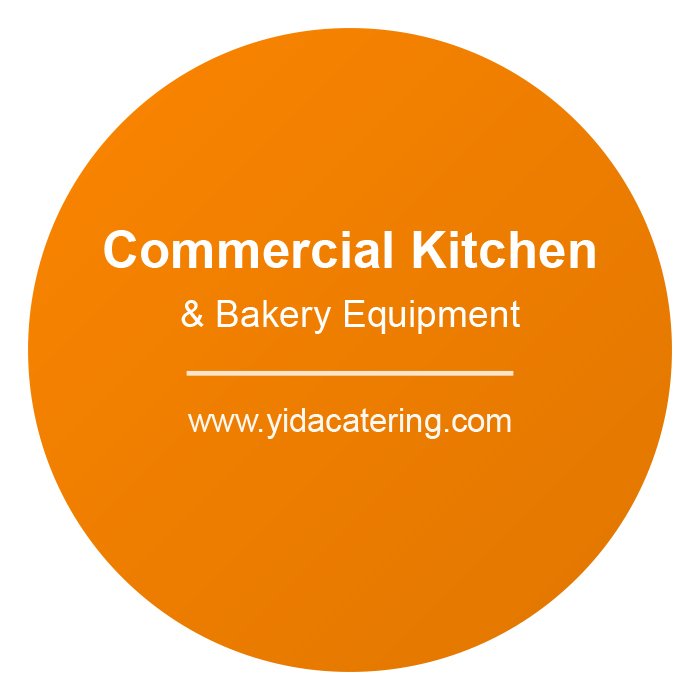Introduction
In the restaurant business, refrigeration is not just a convenience—it’s a necessity. From keeping ingredients fresh to ensuring food safety, commercial refrigeration equipment plays a critical role in day-to-day operations. However, with so many options on the market, choosing the right equipment can be overwhelming.
This guide will walk you through everything you need to know about buying commercial refrigeration equipment. Whether you’re opening a new restaurant or upgrading your existing setup, this comprehensive guide will help you make an informed decision.
Why Commercial Refrigeration Matters
Commercial refrigeration equipment is designed to meet the unique needs of the foodservice industry. Unlike residential refrigerators, these units are built to handle large quantities of food, frequent door openings, and high-temperature environments.
Key Benefits:
- Food Safety: Maintains consistent temperatures to prevent spoilage and contamination.
- Efficiency: Streamlines kitchen operations by keeping ingredients organized and easily accessible.
- Durability: Withstands the demands of a busy commercial kitchen.
Types of Commercial Refrigeration Equipment
When choosing refrigeration equipment, it’s essential to understand the different types available and their specific uses.
1. Reach-In Refrigerators
These upright units are perfect for storing frequently used ingredients. They come in single, double, or triple-door configurations and are ideal for kitchens with limited space.
2. Walk-In Refrigerators
Walk-ins provide ample storage for bulk ingredients and are essential for high-volume restaurants. They can be customized to fit your space and storage needs.
3. Undercounter Refrigerators
Compact and convenient, undercounter units are great for small kitchens or as supplementary storage near prep stations.
4. Refrigerated Prep Tables
These units combine refrigeration with a prep surface, making them ideal for sandwich, salad, or pizza preparation.
5. Bar Refrigeration
Designed for bars and beverage stations, these units include bottle coolers, keg refrigerators, and back bar coolers.
6. Display Refrigerators
Perfect for showcasing desserts, drinks, or grab-and-go items, these units are designed to attract customers while keeping products fresh.
Factors to Consider When Buying Commercial Refrigeration
1. Size and Capacity
The first step in choosing refrigeration equipment is determining your storage needs.
- Assess Your Volume: Consider the amount of food you need to store daily.
- Measure Your Space: Ensure the unit fits your kitchen layout, leaving room for ventilation and door clearance.
2. Energy Efficiency
Energy costs can add up quickly in a commercial kitchen. Look for energy-efficient models to save money and reduce your environmental impact.
- Energy Star Certification: Indicates the unit meets strict energy efficiency standards.
- LED Lighting: Consumes less energy and generates less heat.
- Efficient Compressors: Reduce energy consumption while maintaining consistent cooling.
3. Temperature Control
Precise temperature control is crucial for food safety and quality.
- Digital Thermostats: Provide accurate temperature readings and easy adjustments.
- Defrost Systems: Prevent ice buildup to ensure optimal performance.
- Dual Temperature Zones: Allow you to store different types of food at their ideal temperatures.
4. Durability and Build Quality
Commercial refrigeration equipment is a long-term investment, so durability is key.
- Material: Stainless steel is durable, easy to clean, and resistant to corrosion.
- Construction: Look for units with reinforced doors, heavy-duty hinges, and sturdy shelving.
5. Ease of Maintenance
Regular maintenance is essential to keep your equipment running efficiently.
- Removable Shelves: Simplify cleaning and allow for flexible storage configurations.
- Accessible Components: Make it easier to service and repair the unit.
- Self-Cleaning Features: Some units include automatic cleaning systems for convenience.
Workflow and Layout Considerations
The placement of your refrigeration equipment can significantly impact kitchen efficiency.
- Accessibility: Position units near prep stations for quick access to ingredients.
- Traffic Flow: Avoid placing refrigerators in high-traffic areas to prevent bottlenecks.
- Backup Storage: Consider having a backup unit for emergencies or peak times.
Common Mistakes to Avoid
- Underestimating Storage Needs: Choosing a unit that’s too small can lead to overcrowding and inefficient cooling.
- Overlooking Energy Costs: A cheaper unit may cost more in the long run due to high energy consumption.
- Ignoring Maintenance Requirements: Select a unit that’s easy to clean and maintain to avoid costly repairs.
- Not Planning for Growth: If you plan to expand your menu or increase volume, invest in a larger unit now.
Additional Features to Look For
Modern refrigeration equipment often comes with advanced features to enhance functionality and convenience.
- Adjustable Shelving: Allows you to customize the interior layout.
- Casters: Make it easy to move the unit for cleaning or reorganization.
- Alarms: Alert you if the temperature rises above safe levels.
- Glass Doors: Provide visibility without opening the door, saving energy and time.
Conclusion
Investing in the right commercial refrigeration equipment is essential for running a successful restaurant. By considering factors like size, energy efficiency, durability, and layout, you can find equipment that meets your needs and supports your business’s growth.
Take the time to evaluate your requirements and choose high-quality equipment that will serve you well for years to come. With the right refrigeration solutions, you can ensure food safety, improve efficiency, and create a more organized kitchen environment.

